Nuveen, CDPQ Roll Out $600M C-PACE Program
This initiative combines green financing with senior bridge and construction loans.

Global investment group CDPQ and Nuveen Green Capital launched a $600 million integrated sustainable commercial real estate financing program. The initiative combines C-PACE financing with senior bridge and construction loans.
Jonathan Kloos, senior director of lender partnerships & new products for Nuveen Green Capital, told CPE the programmatic pairing of NGC’s C-PACE and CDPQ’s mortgage is the first of its kind.
“It brings together dominant players in commercial real estate finance and offers borrowers a lower cost of capital than is otherwise available, combined with seamless execution,” said Kloos. “We anticipate that we will soon be upsizing our partnership.”
The program drives the adoption of sustainability measures in commercial buildings. It provides a significant source of flexible, committed and discretionary capital for large-scale construction and bridge financings across major asset classes.
NGC, the parent company of Ivanhoe Cambridge, will act as the primary sourcing agent for the integrated financing program.
The announcement follows a September announcement by Carlyle that it had committed $1 billion to North Bridge for C-PACE Financing.
A burgeoning market
Demand for Commercial Property Assessed Clean Energy or C-PACE loans is growing quickly. In the 40 states where it is available, owners can secure accretive, long-term financing for energy efficiency, renewable energy, water conservation and climate initiatives—whether for new developments, renovations or post-construction recapitalization projects.
Other examples of C-PACE’s flexibility are its use with USDA-guaranteed bank loans or historic buildings for restoration/improvements and seismic and storm-related resilience in some states, according to Bayview PACE.
“The combination financing of C-PACE with traditional financing has gained traction since we began doing it by bringing in financing in-house from Bayview Asset Management affiliates,” Anne Hill, SVP of Bayview PACE, told Commercial Property Executive.
“We have closed about half a dozen such deals and issued several hundred million dollars of combined term sheets. Two more deals are set to close by the end of the year, where we are providing both pieces,” she added.
READ ALSO: Why C-PACE Loans Are at a Record High

According to BREEAM’s U.S. Director of Operations Breana Wheeler, C-PACE offers property owners a reliable option for securing capital dedicated to sustainability improvements, helping fill capital needs and bridge the funding gap in today’s challenging market.
“Notably, C-PACE is a viable alternative to mezzanine financing at lower rates, offering developers a way to secure long-term, sustainability-focused funding with competitive rates,” she said.
C-PACE is no longer viewed as a tool to give borrowers more leverage and move up the stack, according to Jillian Mariutti, senior director of JLL Capital Markets’ debt and equity financing team.
“In this environment, it is being used to reduce the weighted average cost of capital,” she said. “C-PACE is attractive on deals where the senior pricing is 500 basis points to 800 basis points over SOFR, which right now is 10 percent to 13 percent money. C-PACE is roughly 7.5 percent fixed nonrecourse and would bring the blended rate down in those instances.”
C-PACE financing is available for both new and retroactive projects, and even if the borrower didn’t develop the property, Mariuitti said. Proceeds can even be accessed retroactively within a few years of the development.
“Senior lenders and rating agencies are becoming more comfortable with C-PACE and more often are allowing it in the capital stack,” she said.
READ ALSO: C-PACE Is Available in Georgia. What’s Next?
The early stages are often most challenging
According to David Frosh, CEO of Fidelity Bancorp Funding, the early stages of new initiatives are often the most challenging.
“From solar panels to sustainable real estate, these programs frequently struggle with profitability—if they ever reach it,” Frosh said.
“We’re now in the difficult yet exciting phase of changing how we develop. For the most part, how we’ve built communities, office spaces and retail hasn’t evolved much in the last hundred years. To attract capital (beyond government investment), projects must be profitable. Unfortunately, many sustainable practices raise short- and long-term costs and this burden often falls on residents or tenants. Developers must stay competitive, or the project will suffer.”
He added that state and local governments should focus more on redevelopment over new development.
“Many cities do a better job with this, but we need more,” Frosh said. “Revitalizing our cities depends on this. Applying innovative solutions to environmentally challenged properties could have a greater impact than many current initiatives.”
“As a lender, I don’t find these projects less desirable. Lending is based on property value and the risk tied to cash flows. If a redevelopment can be leased profitably and competitively, it’s as attractive as any other project,” Frosh concluded.

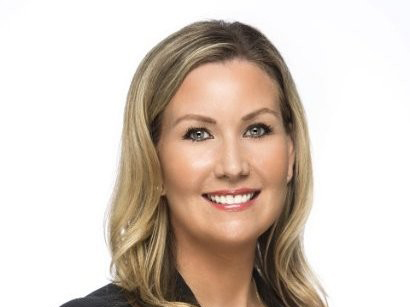
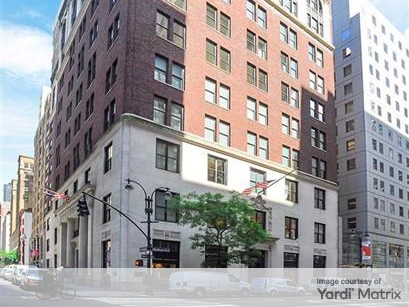
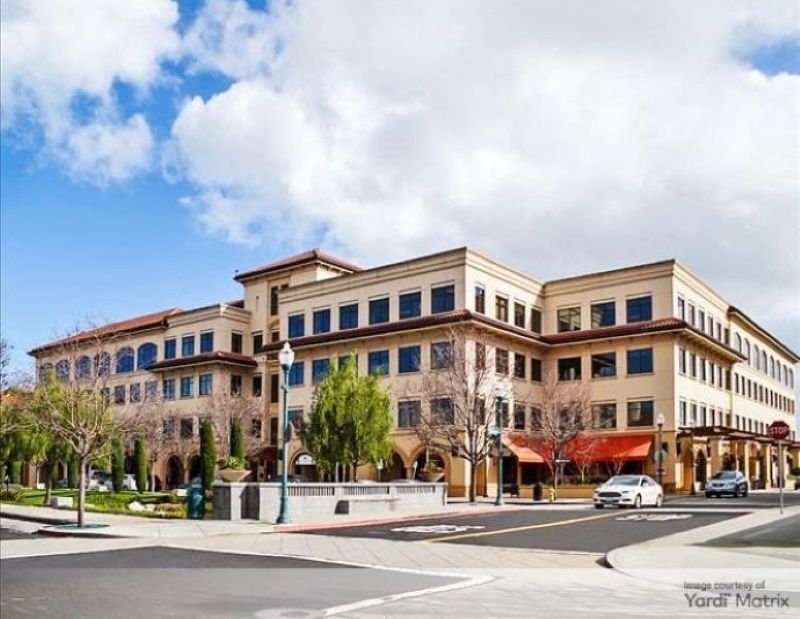
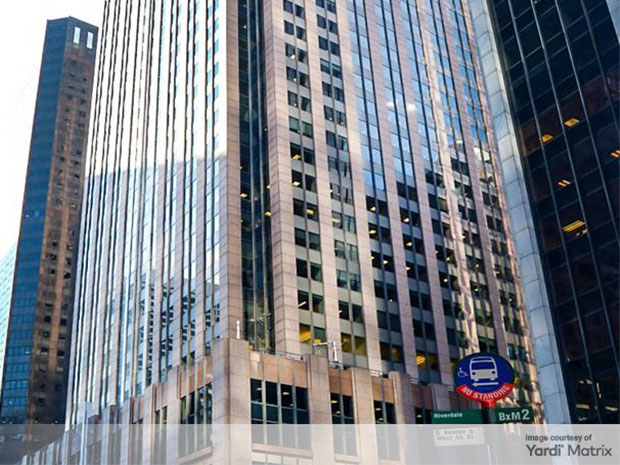
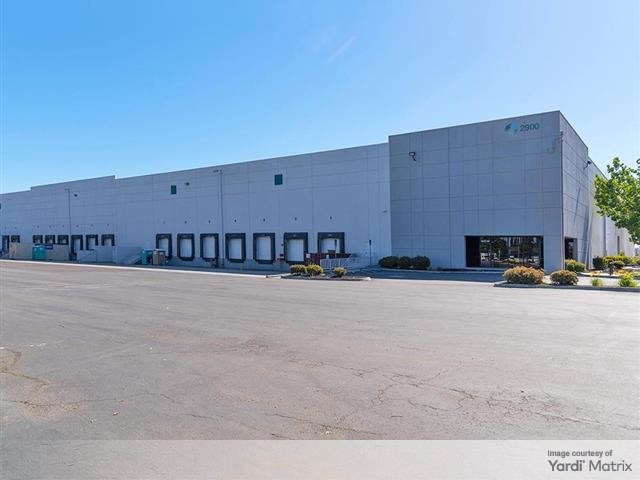
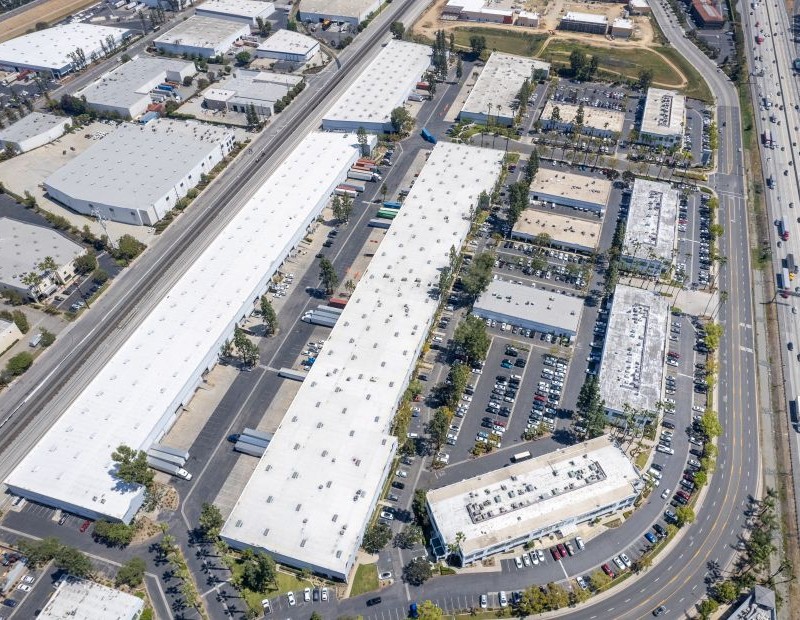
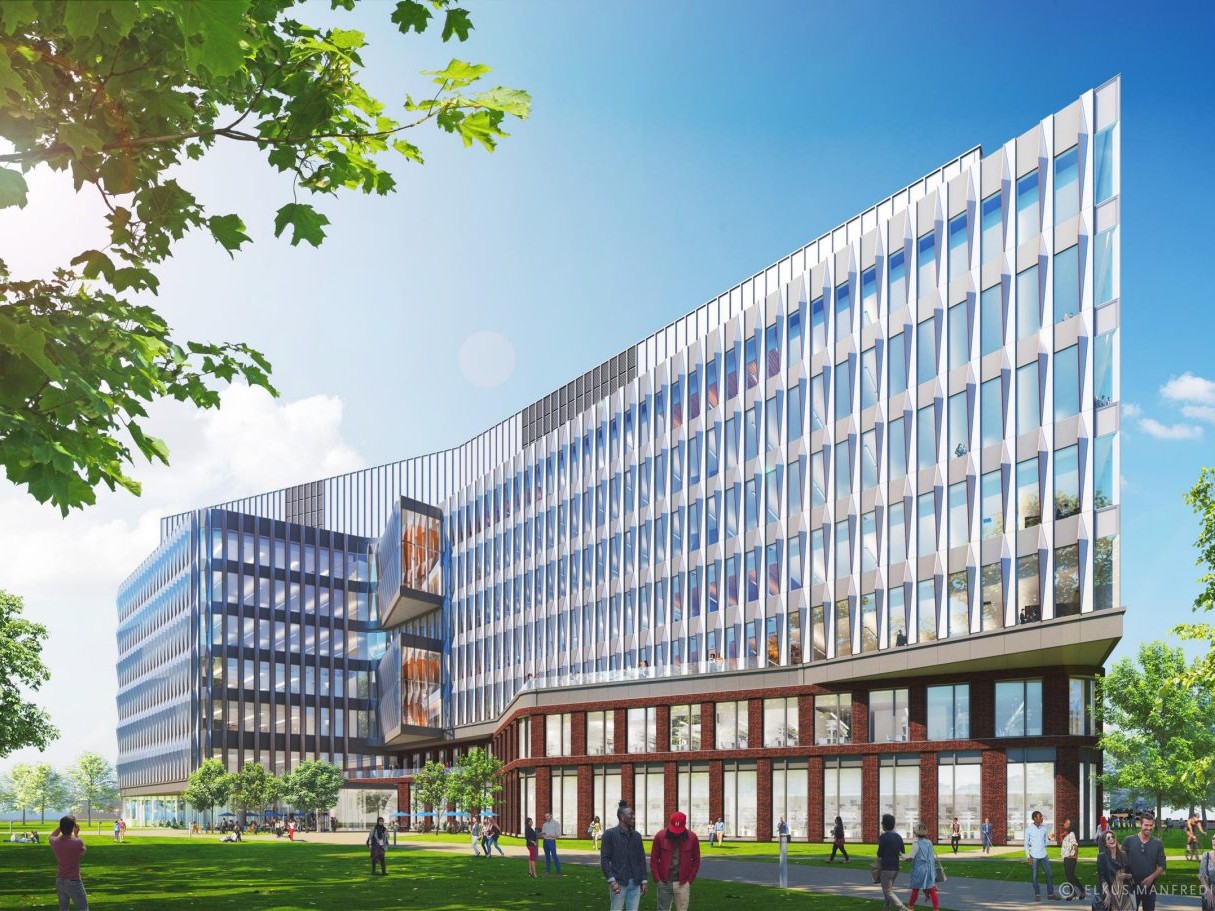
You must be logged in to post a comment.